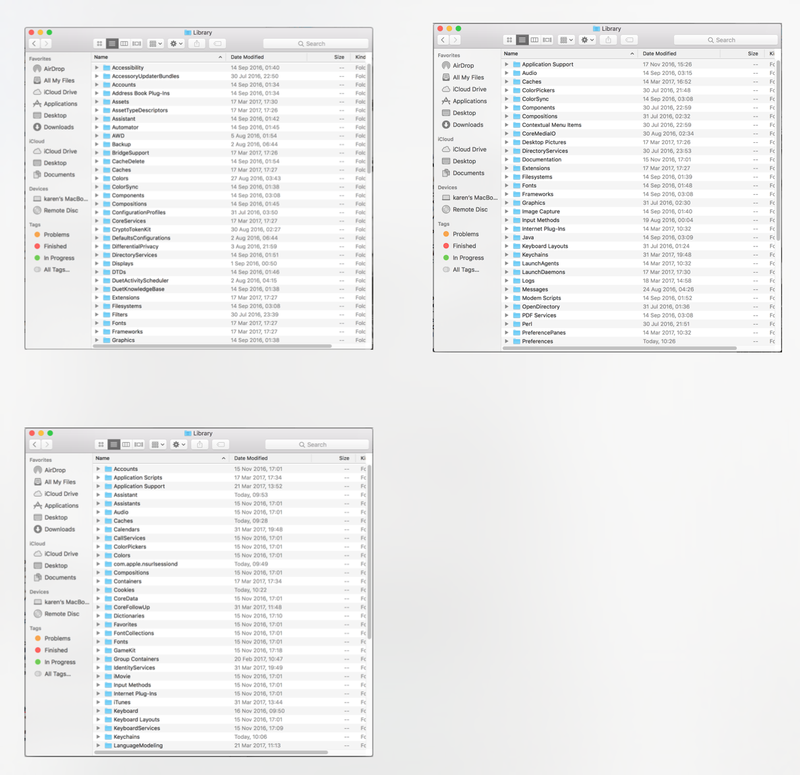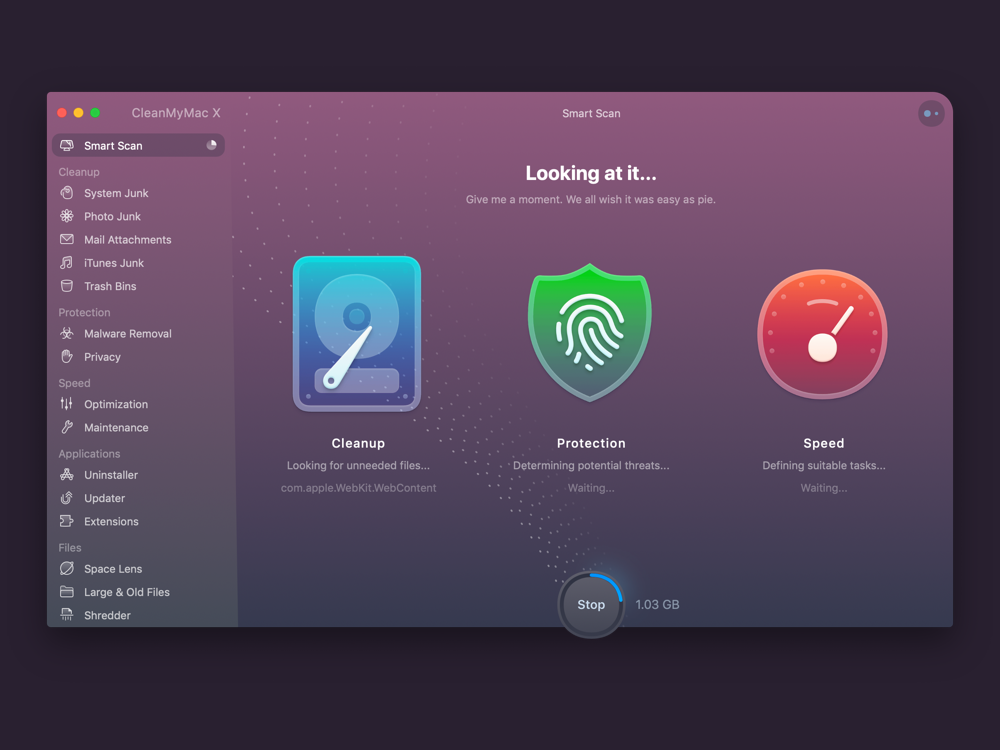Apple has its reasons to hiding away certain files from the average Mac user – after all, it’s difficult to break something you can’t see. But sometimes you need to see those files – or access the hidden hidden ~/Library folder – in order to fix something that isn’t working on your Mac.
Alternatively, you may need to make some space on your Mac and think that deleting some of these hidden files might be a good way to do so. In that case we have a number of tips in How to free space on a Mac and How to delete Other storage on a Mac: our advice is not to delete these hidden files unless you really know what you are doing!
The files you won’t be able to see by default are typically preceded by a full stop, for example .htaccess file, .bash_profile or .svn directory. Folders like /usr, /bin, and /etc are hidden away, too. And the Library folder, which contains application-support files and some data, is also tucked out of sight.
How to see hidden files in macOS
A quick and easy way to find secret files within a folder is to open the Finder and press Command + Shift + . (full stop/period), but there are other options you might like to consider, as we explain below.
When you no longer want to see the hidden folders just press Command + Shift + . again.
- Buy from MacPaw
Find hidden junk, large old folders, background apps, and heavy memory consumers. Use CleanMyMac X to free up space on your Mac and tune it for maximum speed. The new version effectively blocks adware, browser pop-ups, and virus extensions.
Where is the Library folder?
A lot of these hidden files are located in a Library folder, which is itself hidden from view.
Actually, just to confuse matters, there is more than one Library folder and not all of them are hidden. We’ll explain the differences and how to find each Library folder – including ~/Library – on your Mac below.
Exacerbating the confusion is the fact that Apple has made lots of changes to the Finder in recent years, so some tutorials may reference things that simply aren’t there anymore. For example, the Home folder will have a home icon and probably whatever name you have assigned. You’ll find it in the Users folder. Neither is visible by default in macOS Big Sur. Similarly the Macintosh HD is usually whatever you have named your Mac and again isn’t visible by default. Don’t worry, we’ll explain how to make these visible!
How to find ~/Library
The first Library folder we will locate is the hidden one in your Home folder. It’s sometimes referred to as ~/Library.
The Home folder is one of the folders that is less easy to locate than it used to be, nor is it actually called the Home folder – it’s most likely got a your name associated with it, but it will have an icon that looks like it has a house in it.
![]()
There are a number of ways to access this Home folder:
- Open the Finder and press Command + Shift + H.
- Alternatively click on Go in the menu and choose Home.
- You can also add this Home/User folder to the Finder side bar by opening Finder Preferences > Sidebar and then ticking the box beside your name in the Favourites section.
Once you have arrived at the Home folder you can press Command + Shift + . to view the hidden files including the hidden Library folder.
Another way to get to this hidden Library (referred to as ~/Library) is to use the Go option in the Finder’s menu to jump to it. Here’s how to do that:
- Open the Finder.
- Choose Go from the menu bar.
- Choose Go to Folder (or Shift + Command + G).
- Type ~/Library into the text box and click Go.
When you use this method the hidden folder will be made visible without needing to press Command + Shift + . (full stop). But after you close the Finder window it will no longer be visible.
There is in fact an even easier way to find your hidden ~/Library/ folder. Just is to do the following:
- Open Finder.
- Hold down Alt (Option) and choose Go from the dropdown menu bar at the top of the screen.
- You will see the ~/Library folder listed below the Home folder. Click on it to go straight to the folder.
How to find Library in Macintosh HD
The second library folder isn’t hidden as such, but it is still tricky to locate thanks to changes Apple’s made to the Finder over the years.
This Library folder is located inside what is often referred to as the Macintosh HD folder – but yours will probably be named whatever you have called your Mac. If you don’t see a Macintosh HD folder (or whatever you have named your main disk) in the left-hand column when you open the Finder here’s what to do:
- Open the Finder.
- Click on Finder > Preferences.
- Click on the Sidebar tab.
- You will find your Mac listed under Locations. Tick/check the box beside it.
Now you will see your disk in the Locations section of the Finder (or the Devices section in older macOSs). This folder includes Applications, Library, System and Users – but also includes a lot of hidden folders and files.
Press Command + Shift + . to reveal them.
How to find System Library
The third Library folder is located in System (one of those folders in the Macintosh HD folder we just mentioned). It contains all the files that macOS needs to run.
Spot the difference – compare these three Library folders:

How to keep the hidden ~/Library folder visible
If you use the Go method to locate the ~/Library that folder will remain visible until you shut the Finder window. Next time you look it will have vanished again.
If you want the folders to remain visible then you should press Cmd + Shift + . to reveal the hidden folders. When you no longer want to see them click Command + Shift + . again.
Another way to keep the hidden ~/Library folder visible is to drag the hidden Library icon from the Finder window to the Finder sidebar. This will make it accessible even after you’ve closed the Finder.
How to view hidden folders using Terminal
Another way to make hidden files and folders visible requires you to use Terminal.
- Open Terminal
- Run the following script:
$ defaults write com.apple.Finder AppleShowAllFiles true
$ killall Finder
If you want to switch it back, simply change the true to false.
If your reason for locating these hidden files was to try and remove some of the space hogs from your system we recommend you use an app like CleanMyMac X. It’s what we used when we needed to regain some space when we were installing macOS Big Sur. Read: Don’t bother trying to update to Big Sur if you have a 128GB Mac.
Clean My Mac is £29.95/$29.95 (usually £34.95/$34.95) if you buy the plan for one Mac. There is also a free trial. Download from developer MacPaw here.

